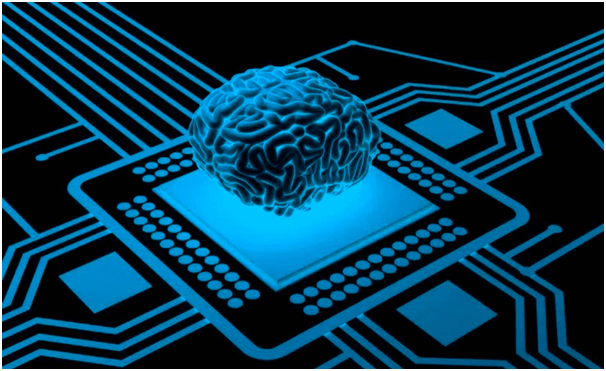Neuromorphic computing technology
Context: Researchers from Indian Institute of Science, Bengaluru (IISc), have designed neuromorphic devices using organic materials that have not been used hitherto.
- Neuromorphic computing is a method of computer engineering in which elements of a computer are modelled in such a way that it starts mimicking the workings of neurons in the brain.
- It achieves this brain-like function and efficiency by building artificial neural systems that implement “neurons” (the actual nodes that process information) and “synapses” (the connections between those nodes) to transfer electrical signals using analog circuitry.
- There are two overarching goals of neuromorphic computing- the first is to create a cognition machine that can learn, retain information and even make logical deductions like the human brain. The second goal is to acquire new information about how the human brain works.
- This technology concluded that organic materials were in making computing components because they were fragile and unstable
This technology has many potential applications in a variety of fields, including:
- Robotics: Neuromorphic computing can be used to develop more intelligent and adaptive robots that can learn and adapt to their environment in real-time.
- Medical diagnosis and treatment: Neuromorphic computing can be used to develop more accurate and efficient medical diagnostic tools and treatment methods.
- Environmental monitoring: Neuromorphic computing can be used to monitor and analyze environmental data, such as air and water quality, to detect and respond to environmental threats.
- Autonomous vehicles: Neuromorphic computing can be used to develop more advanced self-driving cars that can navigate complex environments and make real-time decisions based on sensor data.
- Internet of Things (IoT): Neuromorphic computing can be used to develop more efficient and intelligent IoT devices, such as smart home appliances and wearable devices.
- Security and surveillance: Neuromorphic computing can be used to develop more advanced security and surveillance systems that can detect and respond to potential threats in real-time.
- Financial forecasting: Neuromorphic computing can be used to develop more accurate and efficient financial forecasting models that can analyze large amounts of data and make predictions based on past trends.
Overall, neuromorphic computing has the potential to revolutionize many industries by providing more intelligent, efficient, and adaptive systems.
| Practice Question
1. What are the potential application of Neuromorphic computing technology? |




